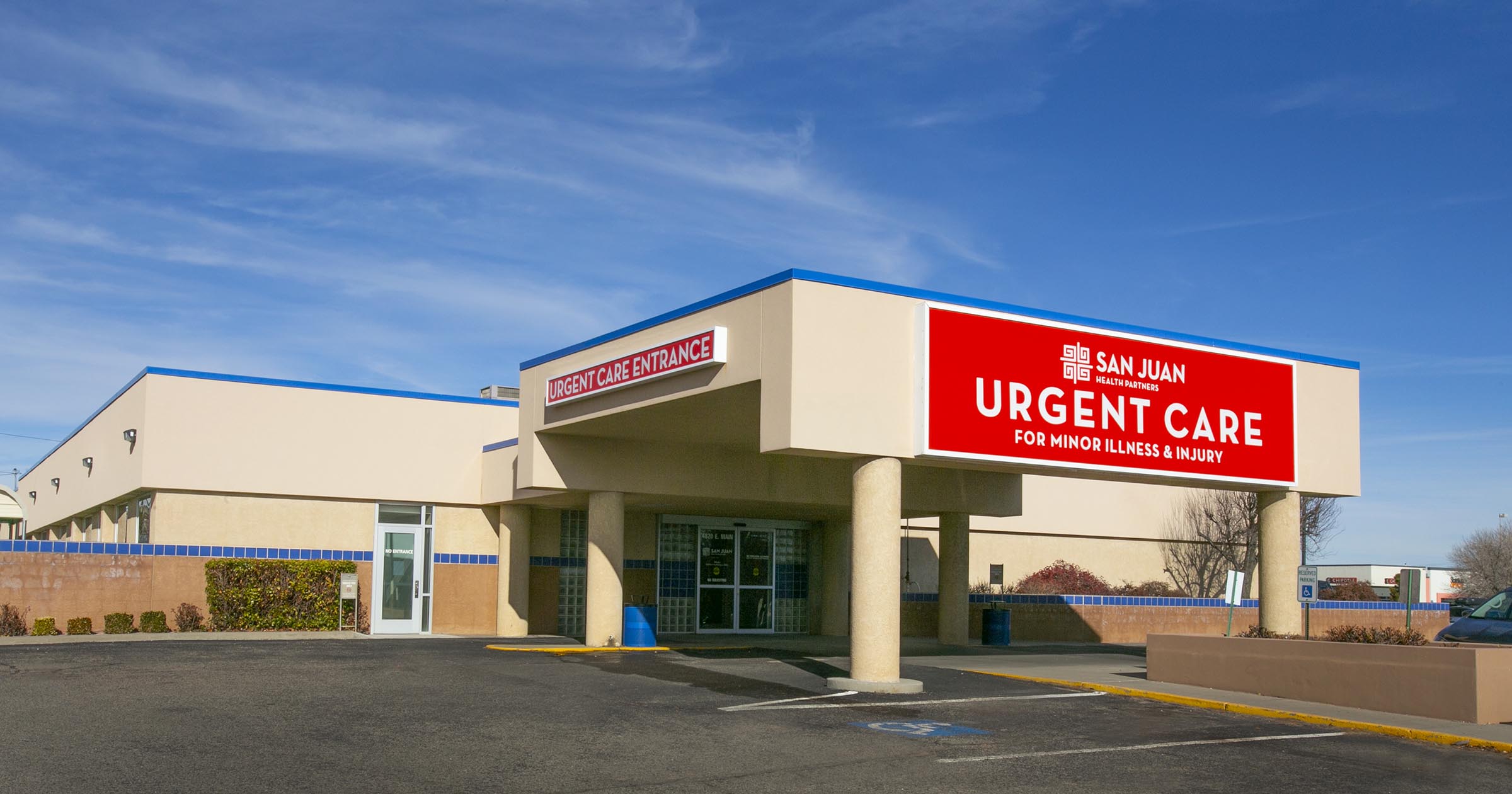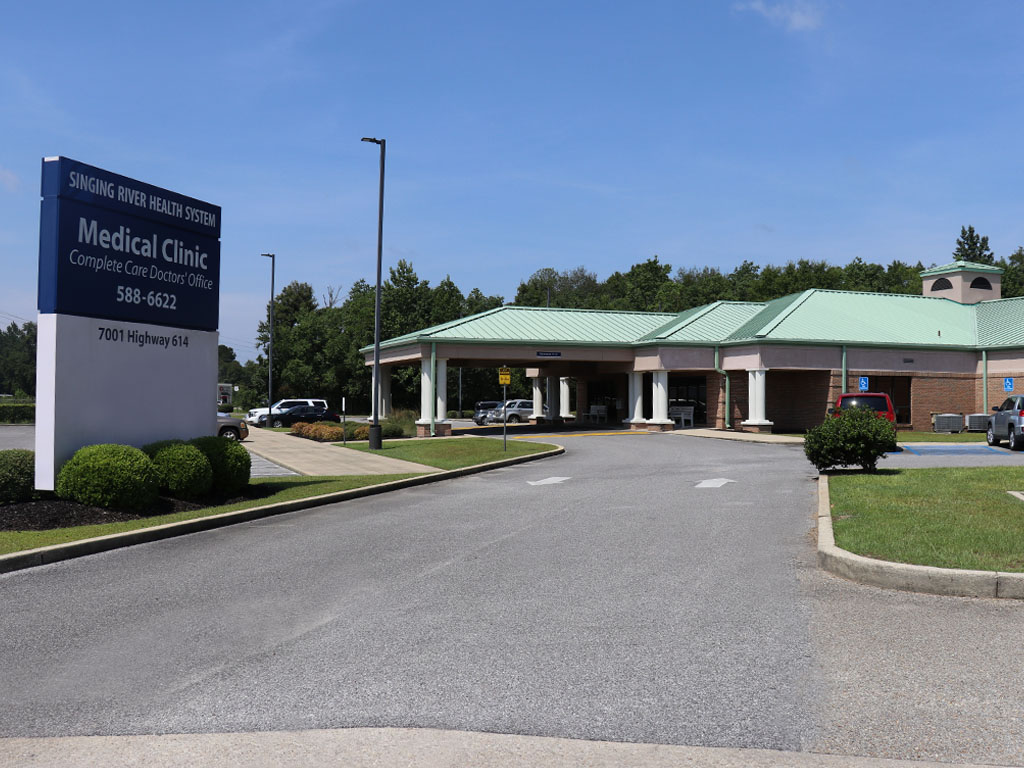Professional Guidance on Navigating Clinic Options for Urgent Care
Recognizing the Function of Urgent Care in Giving Timely Treatment for Non-Life-Threatening Conditions
Immediate care facilities have actually emerged as a crucial part of the medical care landscape, addressing the instant needs of patients with non-life-threatening problems. Comprehending the subtleties of immediate care can substantially impact person outcomes and the total effectiveness of health care delivery.
What Is Urgent Care?
Immediate treatment describes a category of medical solutions designed to address non-life-threatening problems that require prompt attention. These centers offer as an intermediary in between health care doctors and emergency clinic, offering a hassle-free choice for people that need timely care without the extensive waiting times commonly related to emergency divisions.
Immediate care centers are normally staffed by doctor, consisting of doctors, nurse experts, and medical professional aides, who are educated to identify and deal with a wide variety of problems. Usual services offered by these centers include treatment for small injuries, diseases, and infections, along with diagnostic examinations such as X-rays and lab work.
In addition, urgent treatment facilities typically accept walk-in patients, getting rid of the requirement for consultations. In general, immediate care plays an essential function in the health care system, making certain patients can access important medical solutions without delay and effectively.

Lots of individuals may discover themselves unpredictable about when to look for care at an urgent treatment facility rather than a health care doctor or an emergency clinic. Urgent treatment is designed to attend to non-life-threatening conditions that need punctual focus but are not serious adequate to require an emergency clinic browse through.
Usually, one need to think about immediate look after issues such as minor cracks, strains, cuts needing stitches, or infections like urinary system tract infections. Furthermore, cool or flu symptoms, breakouts, and allergies can likewise be suitably taken care of in this setting.
It is very important to keep in mind that immediate care is not suitable for serious emergencies, such as chest pain, problem breathing, or extreme blood loss, which necessitate immediate emergency room intervention.
People that do not have accessibility to a health care doctor or can not safeguard a prompt consultation might also benefit from urgent care solutions. Inevitably, comprehending when to utilize immediate treatment can result in much more effective healthcare delivery, allowing clients to receive the suitable level of care based upon their specific wellness demands.
Advantages of Urgent Treatment Centers
Selecting urgent treatment facilities for non-life-threatening problems uses a number of advantages that enhance patient experience and ease of access. One main benefit is the minimized delay times contrasted to standard emergency spaces. Urgent care centers usually operate a first-come, first-served basis, allowing clients to get timely clinical focus without the long delays usually related to healthcare facility settings.
Additionally, immediate treatment centers give prolonged hours, including weekend breaks and nights, accommodating patients with varying timetables. This adaptability guarantees that individuals can look for care when it is most hassle-free for them, further advertising timely treatment.

Moreover, these facilities frequently offer a comprehensive variety of services, including analysis tests and small procedures, all under one roofing. This debt consolidation of solutions not only simplifies the individual experience yet additionally fosters an extra cohesive technique to handling non-life-threatening wellness concerns, eventually profiting overall person results.
Common Problems Treated
At urgent treatment centers, a range of non-life-threatening problems can be efficiently dealt with, providing clients directory with obtainable and prompt clinical assistance. These facilities are specifically adept at dealing with concerns that call for punctual attention yet do not position a prompt risk to life or limb.
Usual problems treated at urgent care centers include small injuries such as sprains, cracks, and strains. Immediate treatment centers are equipped to perform required diagnostic tests, such as X-rays and laboratory examinations, allowing them to offer extensive care.
Additionally, urgent treatment providers can carry out inoculations, assisting to prevent useful reference the spread of transmittable diseases - Urgent Care. They also supply services for small treatments, such as suturing wounds or draining pipes abscesses. By using these diverse services, immediate treatment centers play a vital duty in connecting the gap in between medical care and emergency situation services, making certain individuals receive prompt treatment for a large range of conditions without the requirement for long wait times generally linked with emergency situation areas
How Urgent Treatment Supports Health Care System
Urgent care facilities play a vital function in sustaining the overall health care system by reducing the problem on emergency situation departments and giving prompt access to medical care for non-life-threatening problems. By handling situations such as small injuries, infections, and diseases, immediate treatment facilities enable emergency situation departments to concentrate on even more critical individuals requiring immediate interest.
In addition, urgent care centers improve health care accessibility, providing prolonged hours and an extra hassle-free alternative to conventional health care setups. This accessibility is particularly useful for individuals that might not have a normal physician or who require immediate treatment beyond regular workplace hours. As an outcome, immediate treatment centers efficiently minimize wait times and boost client contentment.
In addition, immediate treatment centers add to set you back financial savings for both individuals and the healthcare system by offering lower-cost services compared to emergency divisions. This economic performance is crucial in an era of rising healthcare prices, permitting individuals to get required care without sustaining exorbitant expenses.
Conclusion
Finally, immediate care centers play a vital duty in the health care system by providing prompt therapy for non-life-threatening problems. By connecting the gap in between medical care and emergency rooms, these centers make certain that individuals get timely clinical attention without the prolonged wait times typically related to emergency situation departments. The ease of access and efficiency of urgent care facilities contribute dramatically to easing the general burden on medical care resources, boosting individual outcomes, and advertising a more reliable click to read healthcare distribution system.
Urgent care centers have arised as an important part of the health care landscape, resolving the instant demands of clients with non-life-threatening problems. Urgent treatment visits normally sustain lower out-of-pocket expenditures contrasted to emergency division visits, making care extra affordable for individuals without endangering quality. Urgent treatment facilities are equipped to do necessary diagnostic tests, such as X-rays and lab tests, enabling them to offer thorough care.
By providing these diverse services, immediate treatment facilities play an important function in linking the void in between primary care and emergency situation solutions, guaranteeing clients get prompt therapy for a vast range of conditions without the demand for long delay times usually linked with emergency situation areas.
Moreover, urgent care centers enhance healthcare availability, offering extended hours and an extra convenient choice to conventional main care settings.